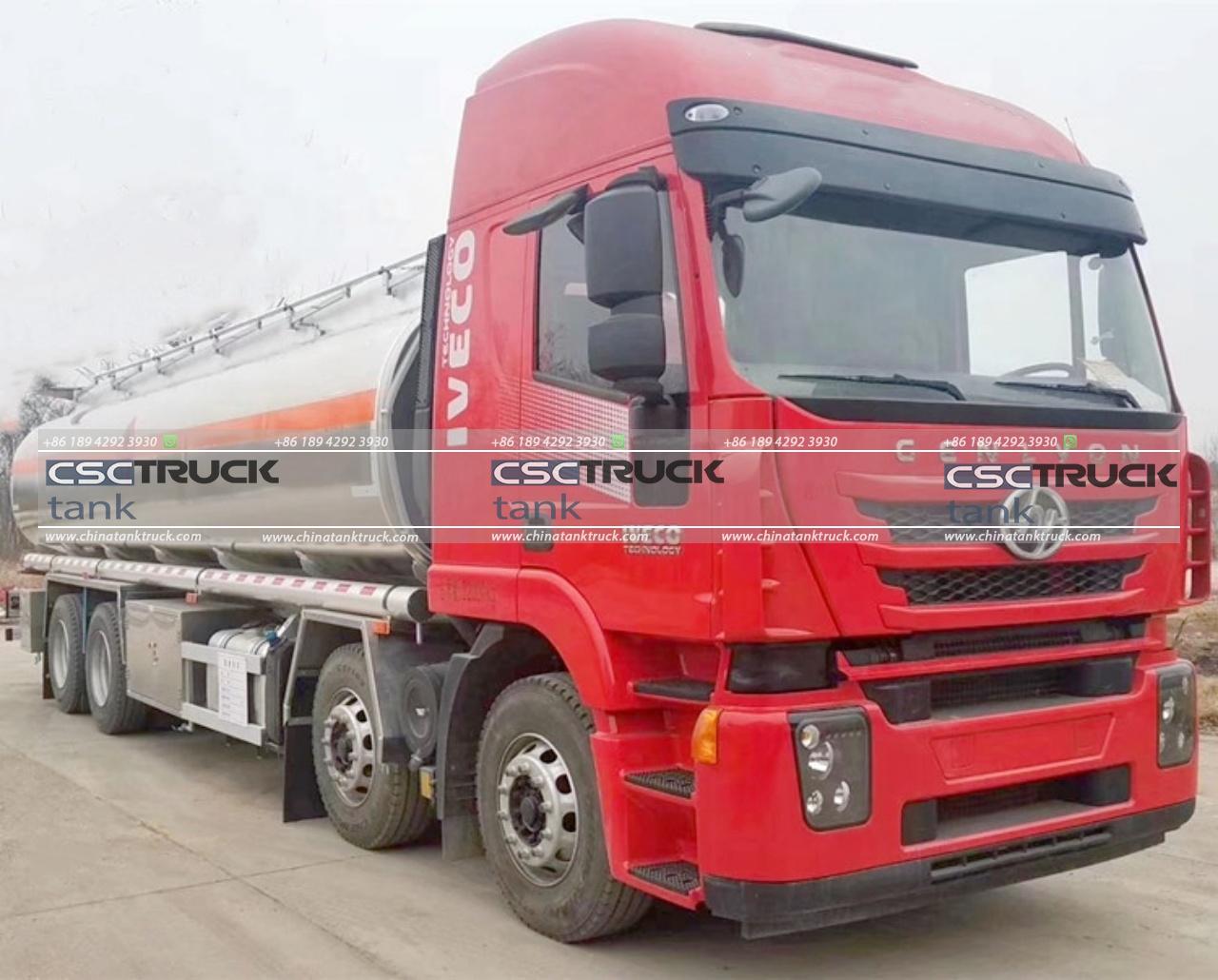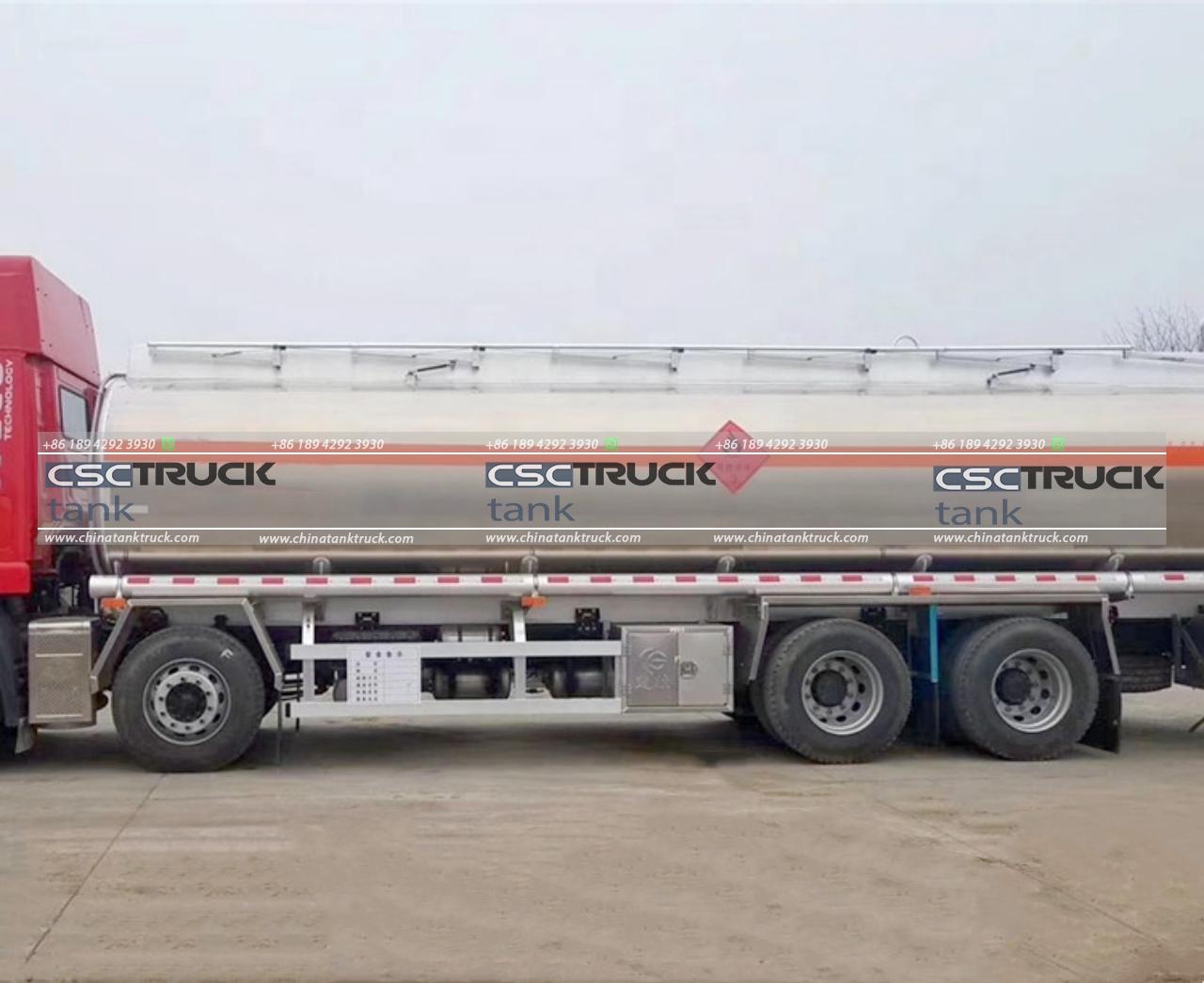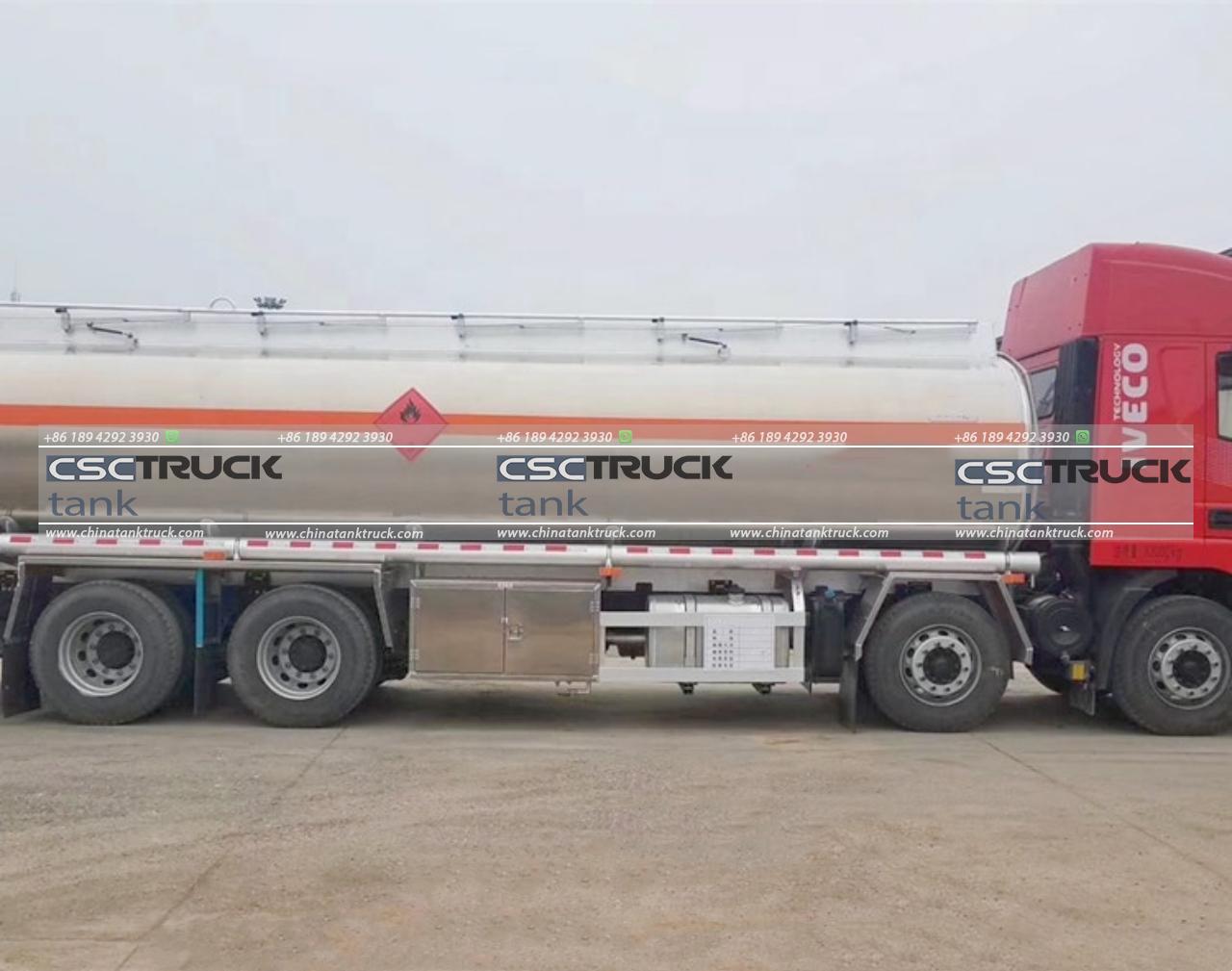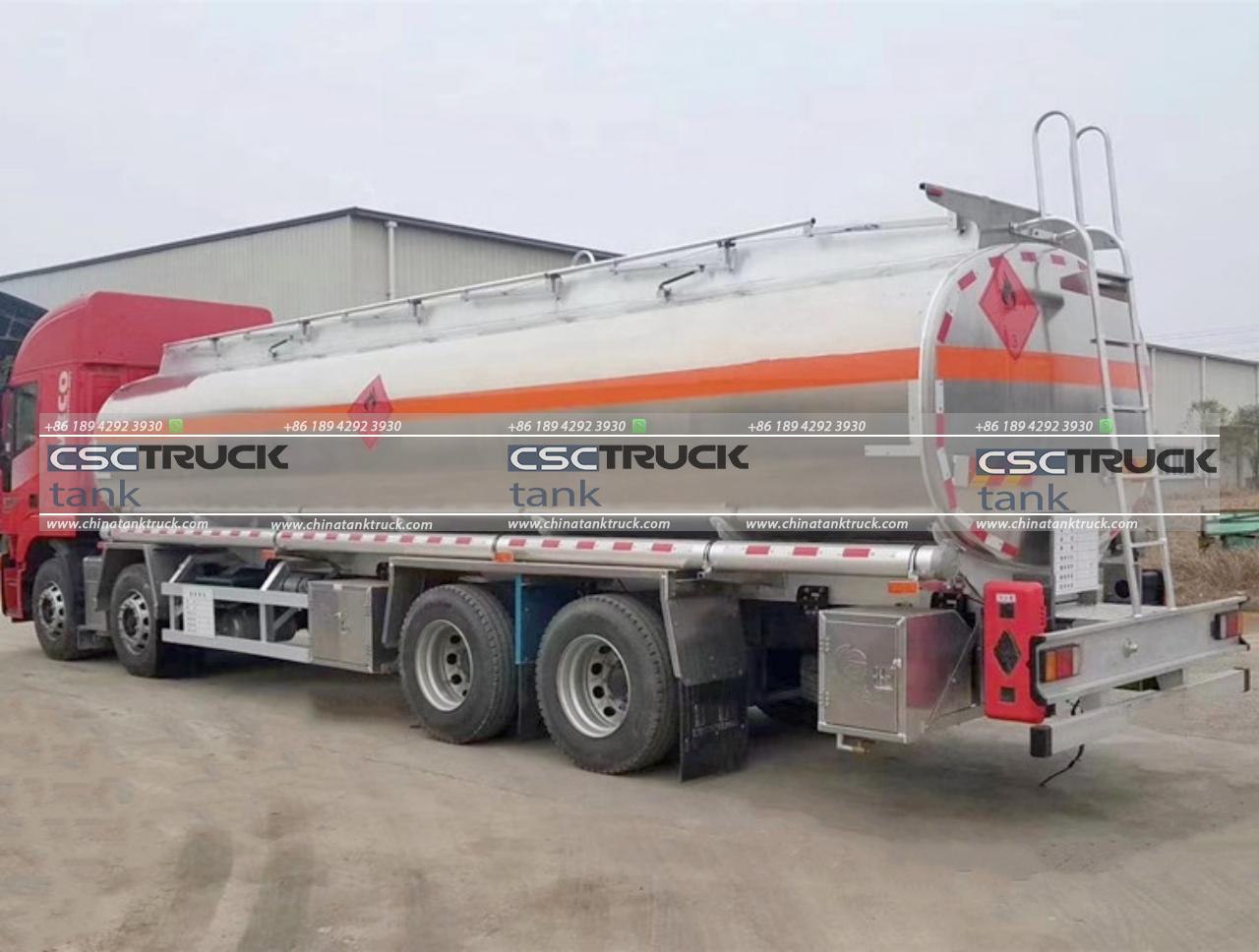How Big is a Fuel Tanker Truck?
Fuel tanker trucks are essential for transporting gasoline, diesel, and other fuels safely and efficiently across cities, highways, and remote areas. Their size varies significantly depending on the type, purpose, and regulations they must meet. In this article, we’ll break down the dimensions, capacities, and specifications of different fuel tanker trucks, focusing on what makes these vehicles unique.
1. Overview of Fuel Tanker Trucks
Fuel tanker trucks are designed to transport large quantities of fuel from refineries, ports, or fuel storage facilities to distribution points such as gas stations or industrial sites. Due to the volatile nature of fuel, these tankers are engineered with safety and capacity in mind, and their dimensions are often dictated by the load they’re meant to carry. Broadly, they come in 3 main categories:
– Small Fuel Tankers – For local or short-distance deliveries.
– Medium Fuel Tankers – For longer hauls and regional distribution.
– Large Fuel Tankers – For significant bulk transport, often used for long distances and international deliveries.
Each of these categories has its specific dimensions and capacities.

2. Small Fuel Tanker Trucks
Small fuel tankers are typically used for short-distance deliveries, such as transporting fuel to local gas stations or construction sites. They’re more compact and maneuverable, making them ideal for urban settings and narrow roads.
– Size and Dimensions: These trucks are generally around 20-25 feet long, 8-10 feet wide, and 10-12 feet high.
– Capacity: Small tankers can carry between 500 and 3,000 gallons (1,900 to 11,400 liters) of fuel, depending on the configuration.
– Gross Vehicle Weight Rating (GVWR): The GVWR for small tankers usually ranges from 10,000 to 26,000 pounds.
– Common Applications: Small tankers are often seen in cities, making them a favorite choice for delivering to fuel stations with limited space. They can also be used on construction sites, farms, and mining operations.
These tankers usually feature multiple compartments, allowing the truck to carry different types of fuel or to minimize fuel movement within the tank, which increases stability.
3. Medium Fuel Tanker Trucks
Medium-sized fuel tankers are the most common, as they offer a balance between size and capacity. They’re widely used for regional distribution and are capable of handling moderate to long-haul distances.
– Size and Dimensions: Medium fuel tankers are generally 25-35 feet long, with a width of around 8-10 feet, and a height of roughly 12-13 feet.
– Capacity: These trucks can carry between 4,000 and 8,000 gallons (15,000 to 30,000 liters) of fuel.
– GVWR: Their GVWR can range from 26,000 to 40,000 pounds or higher, depending on regional laws and the truck’s configuration.
– Common Applications: Medium fuel tankers are used in cities and towns as well as for regional transportation of fuel. They are also common for delivering aviation fuel to small airports and jet fuel stations.
Medium tankers are often multi-compartmental, with each compartment holding a specific amount of fuel to meet regulatory requirements on weight distribution. This also reduces risks in the event of a rollover by preventing fuel from sloshing too much inside the tank.

4. Large Fuel Tanker Trucks
Large fuel tankers, often referred to as “semi-tankers,” are some of the biggest trucks on the road and can transport massive amounts of fuel over long distances. These tankers are commonly used in areas with fewer distribution points, such as highways or rural areas, where high-capacity fuel transport is required.
– Size and Dimensions: Large fuel tanker trucks are typically around 40-50 feet long, 8-10 feet wide, and about 13-14 feet high.
– Capacity: These trucks have a capacity of 9,000 to 11,600 gallons (34,000 to 44,000 liters) of fuel. This large capacity makes them ideal for bulk fuel transportation.
– GVWR: Large tankers have a GVWR that can go up to 80,000 pounds, with fully loaded configurations subject to regional weight restrictions.
– Common Applications: Large tankers transport fuel between refineries and distribution hubs, and between terminals and major gas stations. They’re also common for long-distance highway fuel transportation, as they can carry enough fuel to supply multiple stations.
The design of large tankers is optimized for stability, with advanced suspension systems to reduce the risk of accidents. Their multi-compartment design and low center of gravity improve balance, even when carrying large volumes of fuel.
5. Factors Affecting Fuel Tanker Truck Sizes
The size and dimensions of fuel tanker trucks are influenced by various factors, including:
– Regulations and Safety Standards: Fuel tanker trucks are subject to strict regulations governing size, weight, and load capacity. These standards ensure the safe transportation of hazardous materials and vary from region to region.
– Type of Fuel Transported: Different fuels, such as gasoline, diesel, or jet fuel, have varying densities and safety requirements. This affects the tank’s compartmentalization and volume.
– Distance and Terrain: For long hauls across highways, larger tankers are more efficient. For urban environments or mountainous terrain, smaller, more agile tankers are often necessary.
– Weight Distribution and Stability: Larger tankers are designed to distribute weight evenly across the truck’s axles, enhancing stability on the road. Multi-compartment designs are also essential for reducing the risk of sloshing, which can destabilize the truck.

6. Design and Safety Features of Fuel Tankers
Fuel tanker trucks are not just large but are built with specialized safety features to prevent accidents and leaks. Key safety features include:
– Multi-Compartment Design: Dividing the tank into compartments prevents excessive movement of the fuel and reduces sloshing, which helps maintain stability during transport.
– Emergency Shutoff Valves: These valves can stop the flow of fuel in emergencies, minimizing the risk of spills.
– Reinforced Tank Shells: The tank shells are reinforced and designed to withstand impact, reducing the risk of punctures in accidents.
– Spill Containment Systems: These systems are equipped to contain fuel in case of leakage, preventing environmental damage.
7. Understanding Fuel Tanker Capacity Regulations
In most regions, fuel tanker trucks must comply with maximum load limits and capacity regulations. These regulations are in place to ensure the truck’s safety and stability and are generally set by local transportation and environmental authorities.
– United States: In the U.S., tankers are regulated by the Department of Transportation (DOT), which sets limits on the GVWR, axle load, and fuel capacity.
– European Union: In the EU, regulations are set by ADR (European Agreement concerning the International Carriage of Dangerous Goods by Road), which establishes fuel transport safety standards.
– Other Regions: Many countries have their specific regulations based on local infrastructure, road conditions, and safety considerations.
Adhering to these standards not only ensures road safety but also helps prevent fuel spillage and minimizes the risk of accidents, which could have serious environmental consequences.

8. Conclusion
Fuel tanker trucks come in various sizes, from small urban delivery vehicles to massive highway haulers. The size and capacity of these tankers are determined by a mix of regulatory requirements, the type of fuel transported, and the distance and terrain they need to navigate. Small tankers hold up to 3,000 gallons, medium tankers range between 4,000 and 8,000 gallons, and large tankers can carry up to 11,600 gallons of fuel.
Understanding the different sizes and features of fuel tanker trucks gives us a glimpse into the complexities of fuel transportation. With an emphasis on safety and efficiency, fuel tankers are crucial components of the global fuel distribution network, playing a vital role in ensuring energy availability across regions.

